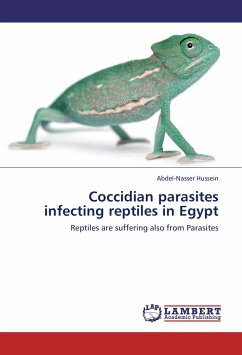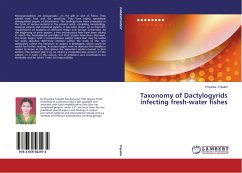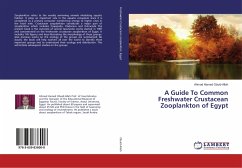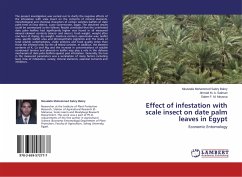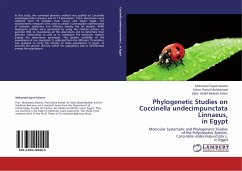Egypt occupies a more or less central position in the great Palaearctic desert belt and covers an area of one million square kilometre of some of the driest deserts of the world. Qena province, located in Upper Egypt, has a hot climate and suitable topography for reptiles, a very ancient group of animals. The reptilian fauna of Egypt contains 94 species and 98 subspecies of 56 genera. In recent years, many reptilia have been maintained by some families as pet animals also in Germany. Lizards are hosts of different coccidian parasites including Caryospora, Cryptosporidium, Cyclospora, Eimeria, Haemogregarina, Hepatozoon, Isospora, Karyolysus, Lankesterella, Plasmodium and Sarcocystis. This investigation was supported by a grant in the channel system from the Ministry of High Education, Egypt, and the study had been completed in special zoology Department, faculty of biology, Ruhr university-Bochum, Bochum, Germany
Bitte wählen Sie Ihr Anliegen aus.
Rechnungen
Retourenschein anfordern
Bestellstatus
Storno

